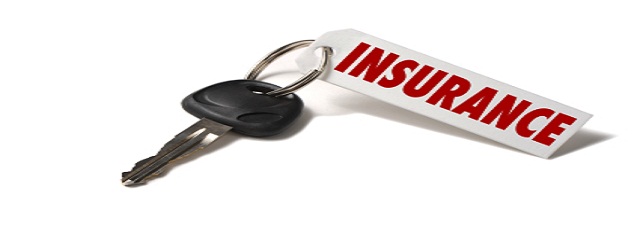It has been three weeks since open enrollment ended, so only one week if you include the two-week extension. With over 8 million enrolling, it’s become clear that Obamacare is here to stay. But when life hands you lemons, make lemonade.
It will be mid-way through the year before we know it, and then we will already be making preparations for a big year in regards to the Affordable Care Act (ACA). The 2014 individual and small employer mandate required insurance companies to make plans available to those who decide to enroll as Essential Health Benefit Packages (EHBPs).
EHBPs do not require vision and dental benefits under the ACA regulations. However, pediatric vision and dental are included to dependents 19 years-old or younger. The 2014 mandate required everyone to have medical coverage – meeting the Minimum Essential Coverage (MEC) – or pay a penalty.
With the rush to meet to meet ACA requirements over, many still do not have vision or dental coverage. Unless individuals kept an existing standalone dental or vision plan, or found a higher priced on-exchange plan that offered dental coverage – they are without coverage. Surveys show that people with dental and vision coverage make use of their plans, making routine visits and treating problems as they develop.
According to VisionWatch, a study conducted by the Vision Council in 2011, 75% of the U.S. adult population wears some form of vision correction. With that said, those avoiding purchasing standalone dental or vision plans in an attempt to reduce their costs, are essentially setting themselves up to face more severe treatment in the future. Wellness programs and preventative treatment plans are critical in the success of the ACA.
The message here is clear, no matter what age, if you are one of the 8 million that enrolled in Obamacare, but still don’t have vision or dental coverage: purchasing a standalone vision and/or dental policy is recommended.
At least take a look at what type of coverage and premium options you have available. Below are a few links that make help you find coverage!
REMEMBER: According to VisionWatch, a study conducted by the Vision Council in 2011, 75% of the U.S. adult population wears some form of vision correction.
The 2014 individual and small employer mandate required insurance companies to make plans available to those who decide to enroll as Essential Health Benefit Packages (EHBPs).


